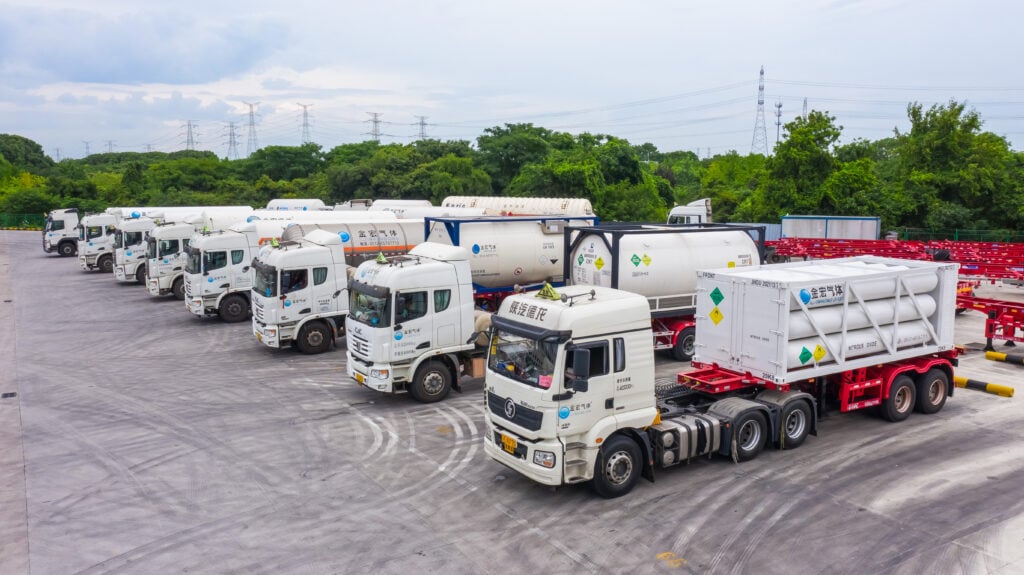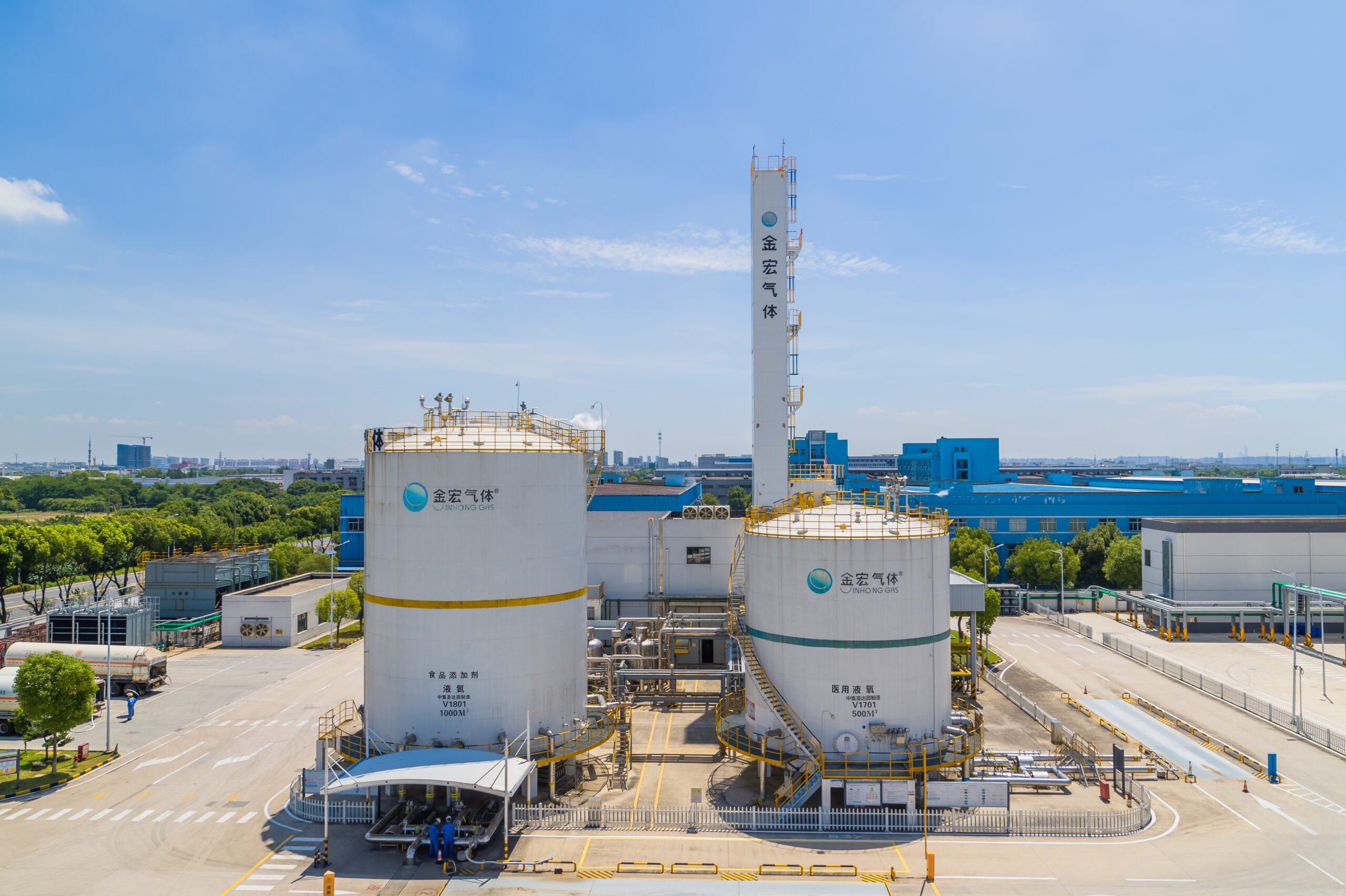Ethylene oxide (EO), known in Chinese as 环氧乙烷, plays a critical role in both industrial production and medical sterilization. With rising demand in the pharmaceutical, medical device, and specialty chemical sectors, selecting a reliable ethylene oxide supplier is essential to ensuring product consistency and regulatory compliance. This article provides an in-depth look at EO’s properties, its derivatives (such as polyethylene oxide), and practical considerations for buyers and manufacturers.

What Is Ethylene Oxide Sterilization?
Ethylene oxide sterilization is a broad-spectrum, high-efficiency, and deeply penetrating sterilization method that causes minimal damage to medical items. EO has the chemical formula C₂H₄O and a molecular weight of 44.05. Its high vapor pressure allows it to permeate porous materials and reach the innermost parts of objects. Both its liquid and gaseous forms are effective antimicrobials, with the gas form being more potent. EO can kill a wide range of microorganisms, including vegetative bacteria, spores, fungi, and viruses, making it a true broad-spectrum sterilant.
EO works through a non-specific alkylation reaction, targeting microbial proteins, DNA, and RNA. It alters carboxyl, amino, sulfhydryl, and hydroxyl groups in proteins, disrupting essential metabolic processes and leading to cell death. Factors that influence EO’s sterilizing effectiveness include gas concentration, temperature, relative humidity, exposure time, and the properties of the materials being sterilized, such as thickness and moisture content.
While EO causes minimal damage to most sterilized items, it may degrade certain food components and is unsuitable for blood sterilization. EO is also toxic to humans and animals, and workplace exposure levels must be kept below 1 mg/kg.
A Brief History of Ethylene Oxide
Ethylene oxide was first discovered in 1859 by Wurtz and is also known as ethene oxide. Its application as a sterilant began in 1936 when Schrader and Bossert demonstrated that EO mixed with CO₂ could kill pests and bacteria. In 1937, Gross and Dixon confirmed EO’s lethality against 48 types of microbes. Systematic studies on EO’s sterilization mechanisms, toxicology, and environmental impact were published in the 1940s and beyond by researchers such as Phillips, Kaye, Ernst, Shull, Doyle, Kereluk, and Lloyd.
By the 1950s, EO sterilization became common in hospitals. By the mid-1990s, nearly all medical institutions in the U.S. were equipped with EO sterilization systems. In China, major hospitals in cities like Beijing, Shanghai, and Guangzhou have imported EO sterilizers. Thanks to advances in safety and automation, EO remains the primary low-temperature sterilization method in healthcare today.
Physical and Chemical Properties of EO
Ethylene oxide is a simple epoxide with the formula C₂H₄O and molecular weight 44.05. In liquid form, it is colorless, transparent, and has an ether-like aroma. Its odor threshold is 500–700 ppm—meaning detectable levels in the air already exceed U.S. NIOSH exposure limits. EO is highly flammable and explosive, with a lower flammability limit of 3% (30,000 ppm). Inert gases are often added to reduce these hazards.
At 4°C, EO’s specific gravity is 0.884; its boiling point is 10.7°C, and its vapor density is 1.52. It readily evaporates at room temperature. Being lighter than water, EO released into water can quickly escape into the environment. In hospitals, venting EO into the atmosphere is generally preferred over water discharge. EO also reacts with water to form ethylene glycol.
EO’s high vapor pressure allows excellent material penetration. For example, EO can permeate a 0.1 mm polyethylene film in 5 minutes or a 0.39 mm rubber sheet in 41 minutes. Such deep penetration ensures thorough sterilization of even complex or layered items.
| Temperature (°C) | Vapor Pressure (mmHg) |
|---|---|
| -20.0 | 1.09 |
| 10.7 | 760.00 |
| 20.0 | 1094.00 |
| 25.0 | 1300.00 |
| 29.0 | 1500.00 |
| 30.0 | 1560.00 |
| 50.0 | 2967.00 |
EO’s Mechanism of Action
EO kills microorganisms including bacteria, spores, viruses, and fungi by non-specific alkylation of key biomolecules. It reacts with free carboxyl, amino, sulfhydryl, and hydroxyl groups in proteins and nucleic acids, replacing hydrogen atoms with hydroxyethyl groups (CH₂CH₂OH). This disrupts essential metabolic functions and enzyme activity, leading to irreversible cell death. EO is classified as a sterilant (not merely a disinfectant), and is considered among the most effective chemical sterilants currently in use.
EO also inhibits various microbial enzymes such as phosphatases, peptidases, and cholinesterases. Its irreversible action on DNA and RNA ensures a high level of sterilization efficacy.
Advantages and Disadvantages of EO Sterilization
Advantages:
- Suitable for heat- and moisture-sensitive items.
- One of the most effective sterilants, capable of killing all microorganisms including spores.
- Exceptional penetration—ideal for sterilizing long, narrow, or complex instruments.
- Minimal material damage due to its alkylation (non-oxidative) mechanism.
- Sterilized items can be packaged in a wide range of materials, facilitating storage and transport.
- Reliable chemical and biological indicators are available for monitoring.
- Decades of successful use in clinical settings.
Disadvantages:
- Long sterilization cycle due to required aeration to remove EO residues.
- Toxicity and potential carcinogenicity; EO levels must be carefully controlled.
- Highly flammable and explosive; stringent safety measures are necessary.
Clinical Applications:
EO sterilization is commonly used for:
- Endoscopes (rigid and flexible): arthroscopes, bronchoscopes, cystoscopes, gastroscopes, etc.
- Medical equipment: anesthesia machines, dialysis units, heart-lung machines.
- Surgical instruments: drills, cautery tools, neurostimulators, pressure monitors.
- Rubber goods: catheters, drains, gloves, bedding.
- Plastic goods: endotracheal tubes, pacemakers, syringes, culture dishes.
- Miscellaneous: books, toys, thermometers, suture materials.
EO continues to be the sterilization method of choice for temperature-sensitive materials.
EO Sterilization Packaging Requirements
Packaging materials for EO sterilization must:
- Allow EO gas penetration
- Withstand humidity
- Permit easy removal of EO residues
Common EO-compatible packaging options are listed in Table 3.
| Acceptable Packaging Materials | Unacceptable Packaging Materials |
|---|---|
| Peelable pouch Tyvek | |
| Polyethylene-Polyester lamination | Metalized foils |
| Paper/Polyethylene-Polyester composite | Cellophane |
| Paper/Polypropylene-Polyester composite | PVC |
| Polyethylene plastic bags | Impermeable polypropylene film |
| Wraps | Nylon |
| Fabric/Cloth | Glass |
| Non-woven fabric | |
| Paper (coated or uncoated) | |
| Rigid containers | |
| Plastic cases with paper/Tyvek lids |
Types of EO Sterilizers
Hospitals typically use two types of EO sterilizers:
- Mixed-Gas Sterilizers
- 100% Pure EO Sterilizers
Modern EO sterilizers must control four key parameters:
- Exposure time: up to 18 hours
- Temperature: 35–60°C depending on cycle
- EO concentration: 450–1200 mg/L
- Humidity: 30–70% RH
If these conditions aren’t met, the sterilizer should be able to terminate the cycle safely.
Key Safety Features of EO Sterilizers:
- Automatic door locking during gas release
- Tight seals to prevent gas leaks
- Final vacuum and pulsed washing to remove EO residues
- Leak alarms and emergency venting systems
- Integrated sterilization and aeration functions
Mixed-Gas Sterilizers:
EO is mixed with CO₂ (e.g., 8.5% EO and 91.5% CO₂) or alternatives like HCFCs. Since CFCs are banned and HCFCs are costly and limited in availability, CO₂ remains the most practical choice in China. Downsides include:
- Gas separation risks, especially under low pressure
- Polymer formation causing clogs
- High internal pressure that may damage items
- Low gas usage efficiency (only ~50% per cylinder)
- Long sterilization cycle under positive pressure
100% Pure EO Sterilizers:
Use small gas cartridges (typically 100–200g per cycle), reducing explosion risk. Benefits include:
- No external piping needed
- Shorter sterilization time
- Entire process occurs under negative pressure
- Safe storage precautions required
Pure EO systems are increasingly favored by hospitals.
Gas Supply Chain and Supplier Insights
1. Understanding EO Suppliers vs. EO Producers
There is a distinction between ethylene oxide suppliers and ethylene oxide producers. Suppliers are typically regional distributors or technical service providers, focusing on logistics, compliance, and customer support. Producers, by contrast, synthesize EO from ethylene using catalytic processes. Major producer countries include China, the U.S., and Germany, with multinational chemical giants like BASF, Dow, and Shell dominating the field.
2. How to Evaluate a EO Supplier
When sourcing EO, key factors to assess include:
- Availability of EO reactors and stable annual production capacity
- Cold-chain logistics, hazardous material transport permits, and customs experience
- Documentation such as MSDS, REACH certification, and residue control capabilities
Top suppliers often assist in process compatibility and can offer custom packaging solutions to reduce storage and handling costs.
If your company is looking for a stable and reliable source of industrial gases, we offer high-purity ethylene oxide, propylene oxide, and other specialty gases for chemical synthesis, medical sterilization, and advanced materials manufacturing. We provide customizable packaging, bulk delivery options, and fully compliant hazardous materials transport. Complete documentation and technical support ensure every shipment meets your production and regulatory requirements.
To learn more about our product specifications or request a quote, please click here to view our industrial gas catalog or contact us for samples.
EO for food-grade equipment sterilization? Feasible, but residue validation is required.
Let me know if you’d like a quick summary chart, visual diagram, or supplier checklist based on this content.



